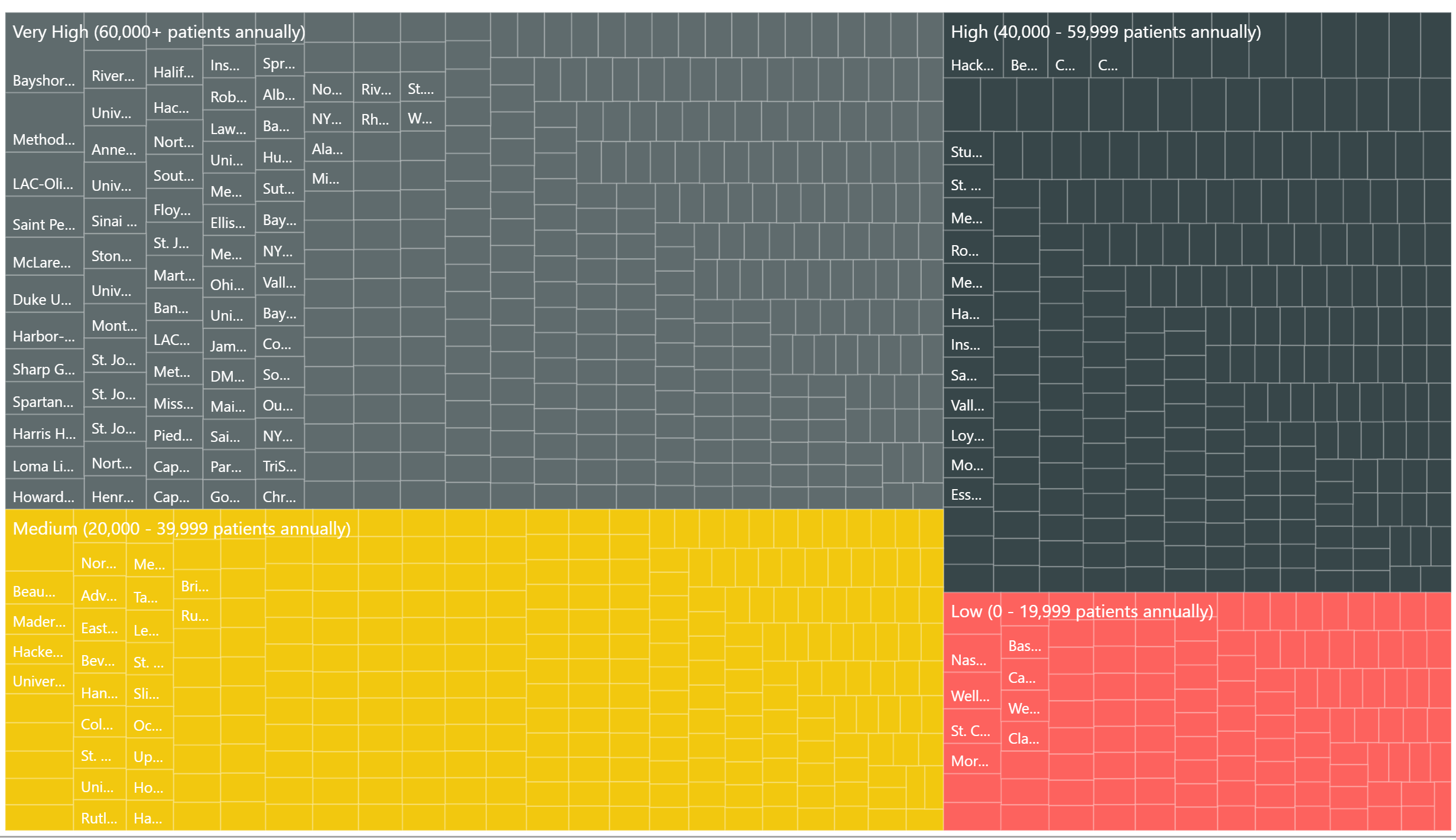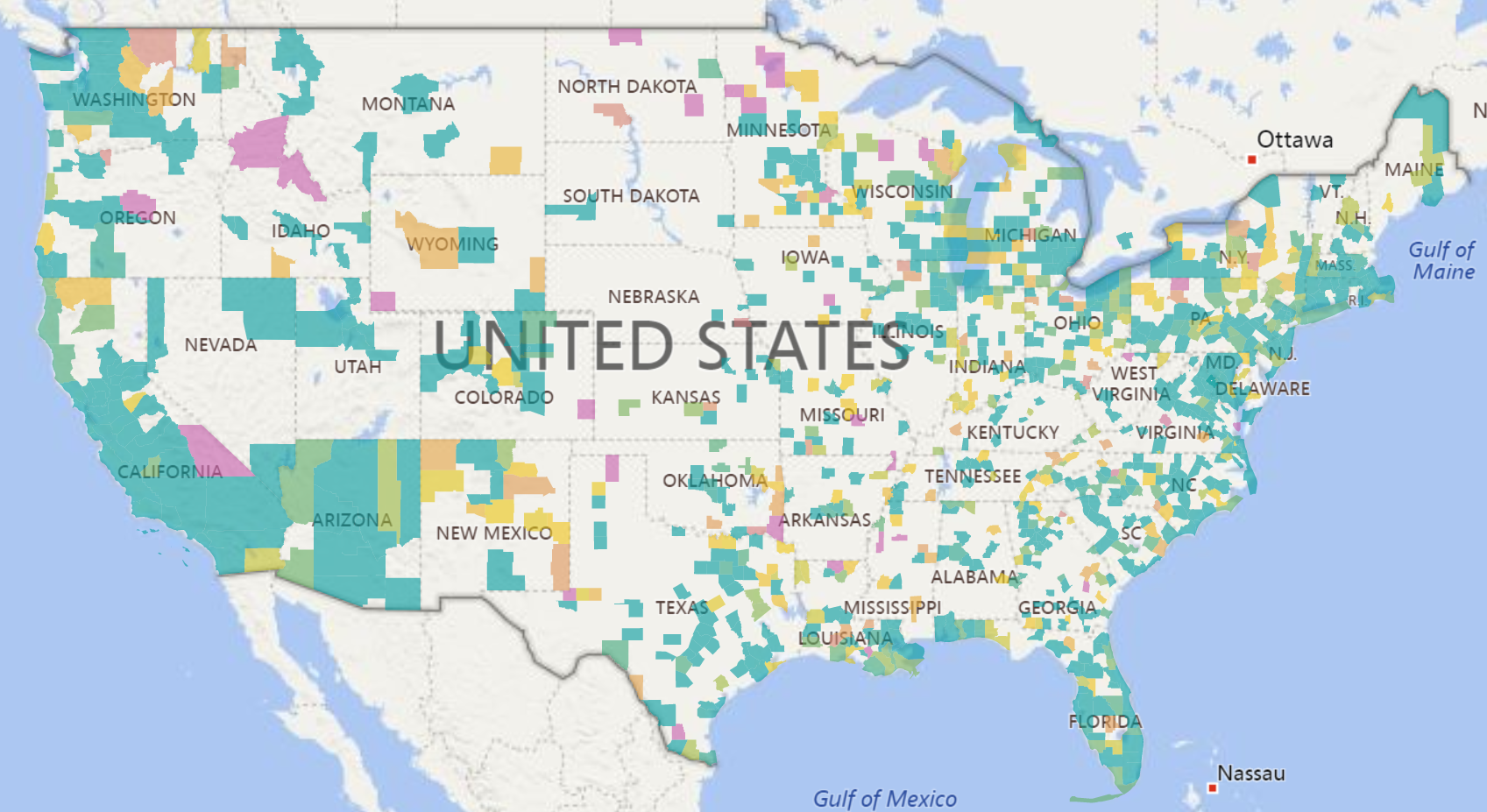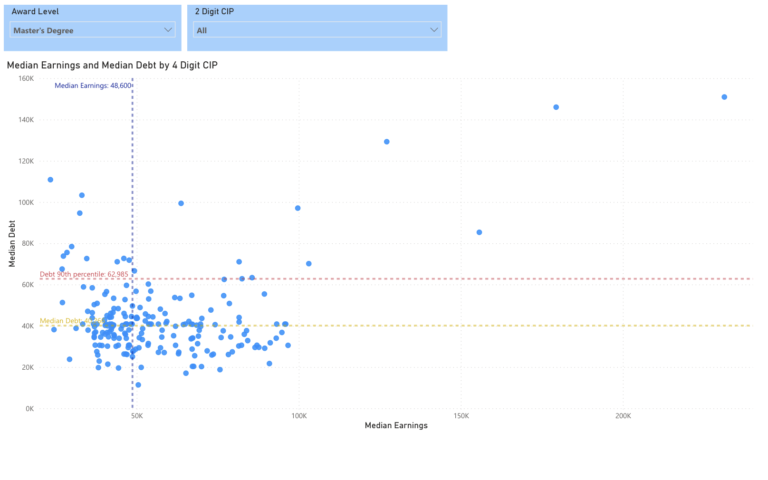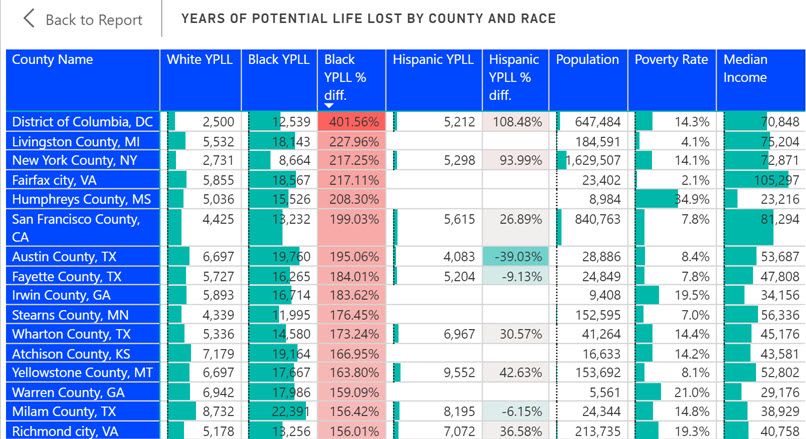The recently released updated Food Environment Atlas data by the USDA give us a real glimpse into the progress that we as a nation are making on combating food deserts. The USDA defines food deserts as lack of access to a healthy food retail outlet (a supermarket or large grocery store) within 1 mile, or 10 miles in rural areas. The last date for measuring this data was 2010 and the latest data now available is 2015. So with the hindsight of 5 years, we can now see how we are doing.
-
Overall, the percentage of people with low access to healthy foods has declined from 20.52% to 18.78%
-
Children, a particularly hot topic in discussions of food deserts, have also improved from 5.05% to 4.68%.
The problem, however is that the number of low-income households with limited access to healthy foods has barely changed with 5.65% having low access in 2010 and 5.68% in 2015. A case study could be made of supermarkets that come in and out of the inner city such as this one in my home city of Cleveland. In fact, households with no car and low access to healthy foods actually increased from 1.76% in 2010 to 1.81% in 2015 according to this data.
The new USDA Food Environment Atlas data is now available in the Public Insight Data Catalog. Registered users can browse this data by county for both 2010 and 2015 using our free Data Browser tool. Food Environment Atlas is one of a growing number of community based data sources available in Public Insight.




